Get the weekly SPARTANAT newsletter.
Your bonus: the free E-Book from SPARTANAT.
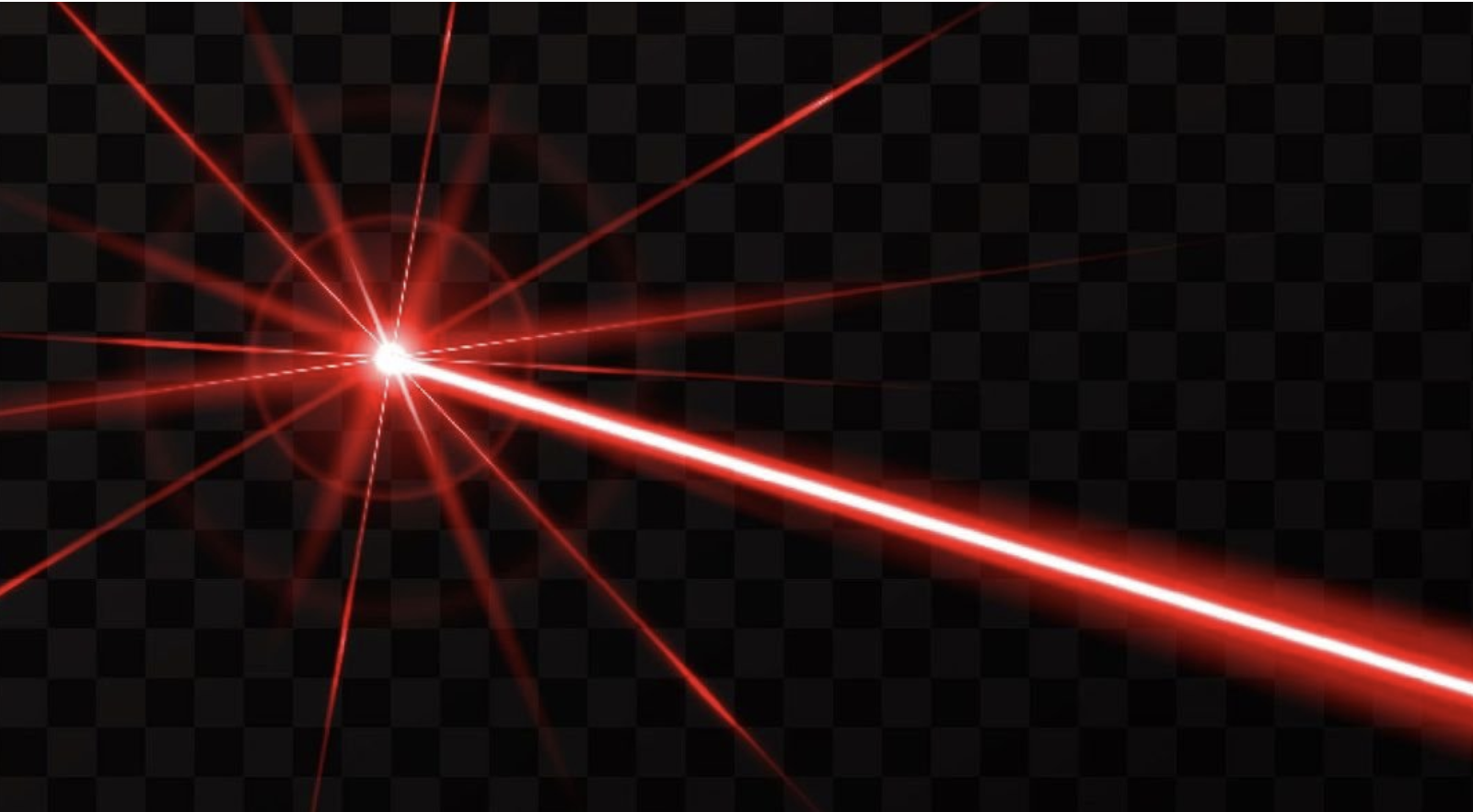
Targetinlasers have their place both in the tactical and in the sports world. But how do I set up the laser best? That's what we want to focus on today.
Especially when shooting from positions where aiming is difficult or not possible. For example, shooting under a car at an angle, or the one-handed pistol grip with a ballistic shield. Always remember, do not look directly into the beam and watch out for reflections! Your eyes will thank you.
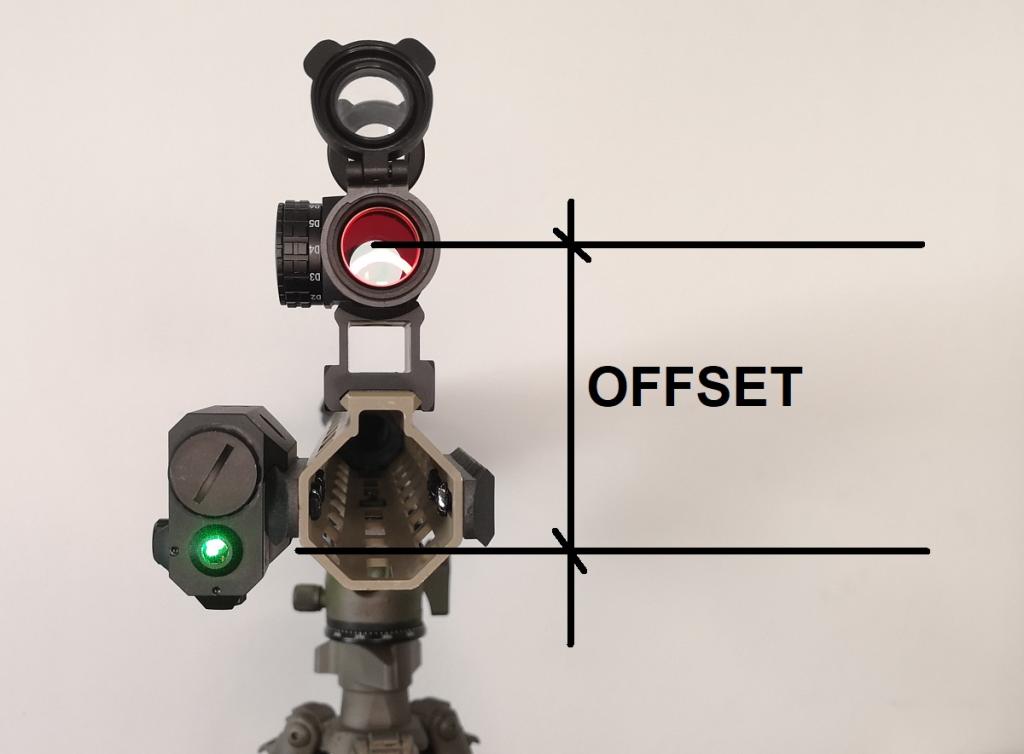
In principle, there are two ways to adjust a target laser, point or parallel. But first, let's talk about the placement of the laser on the weapon.
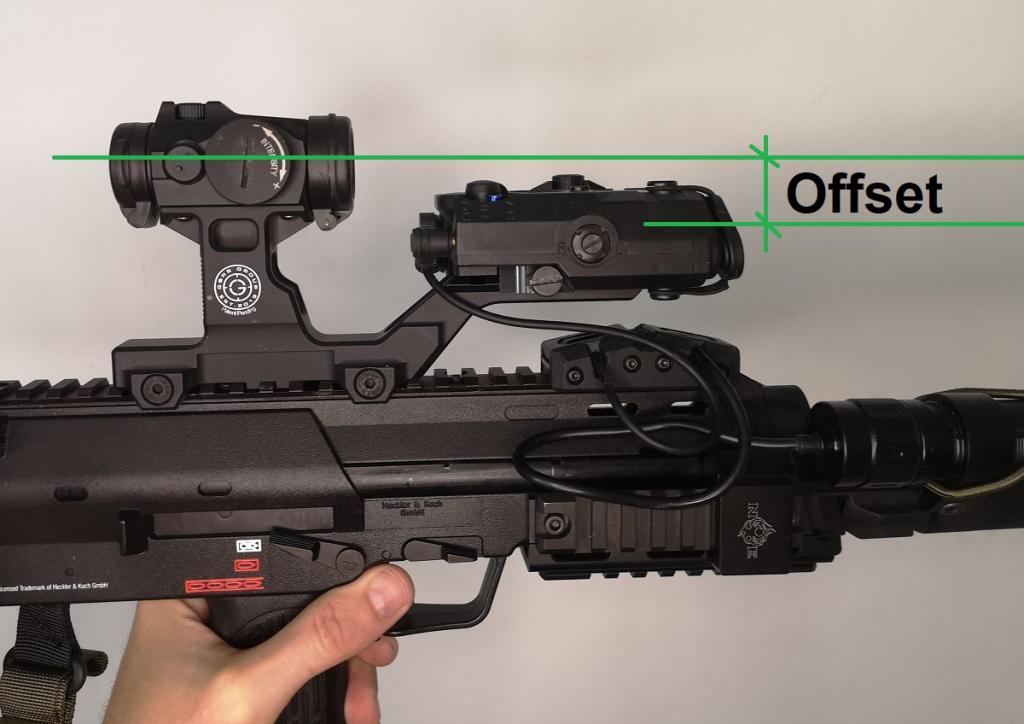
It is best to have the laser as close as possible to the axis of the target optic. So a small offset between laser and optic is desirable, more on that later.
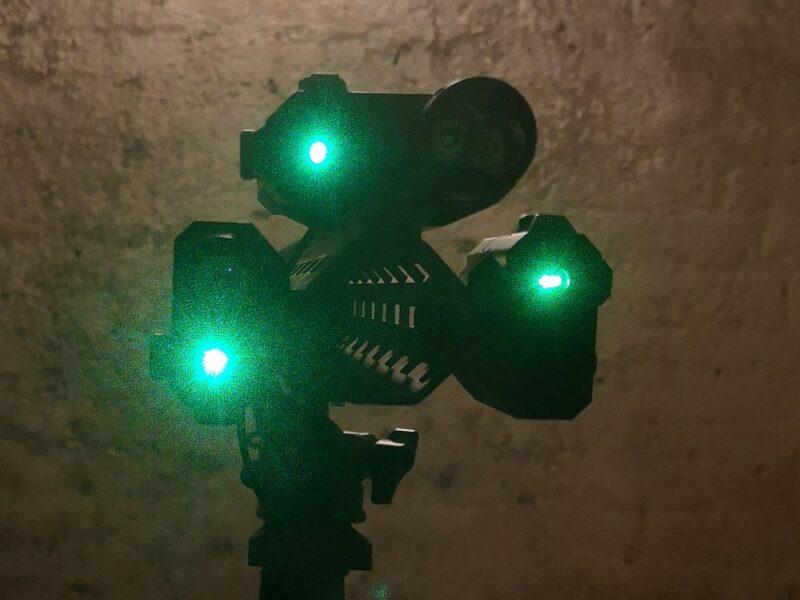
It doesn't matter whether the laser is mounted at the front or back of a long gun, or at the 12, 6, 3, or 9 o'clock position. Of course, the laser box can also be mounted at 45° if there is no other option.
It is important that the laser does not interfere with your ergonomics. Therefore, the laser box is usually mounted on the top, the 12 o'clock position, on long guns.
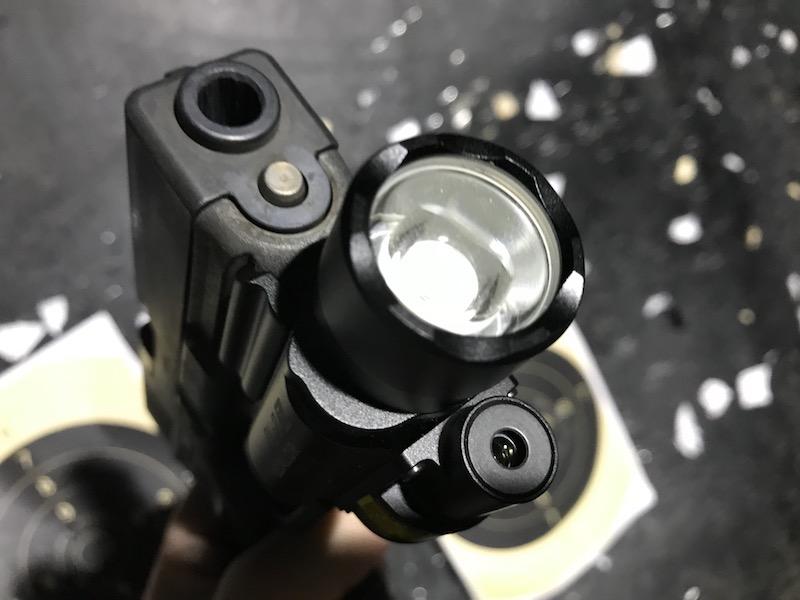
In pistols, this is usually not possible, and there is only room for the weapon light on the underside in front of the trigger. With many laser light modules for pistols, the laser is also on the underside of the light, which creates a pretty large offset.
Once the laser is mounted in a position you like, it's time to zero or adjust it. Now we come to the two previously mentioned methods.
Point

By "point" we mean that the laser point coincides with the point of impact at a certain distance. So the point of impact corresponds to the target point.
The advantage of this is that you make the hole in the paper exactly where you see the laser point. For sports shooters who always shoot from a fixed distance, this is a good option. But if you are shooting dynamically at constantly changing distances, this may not be the best choice.
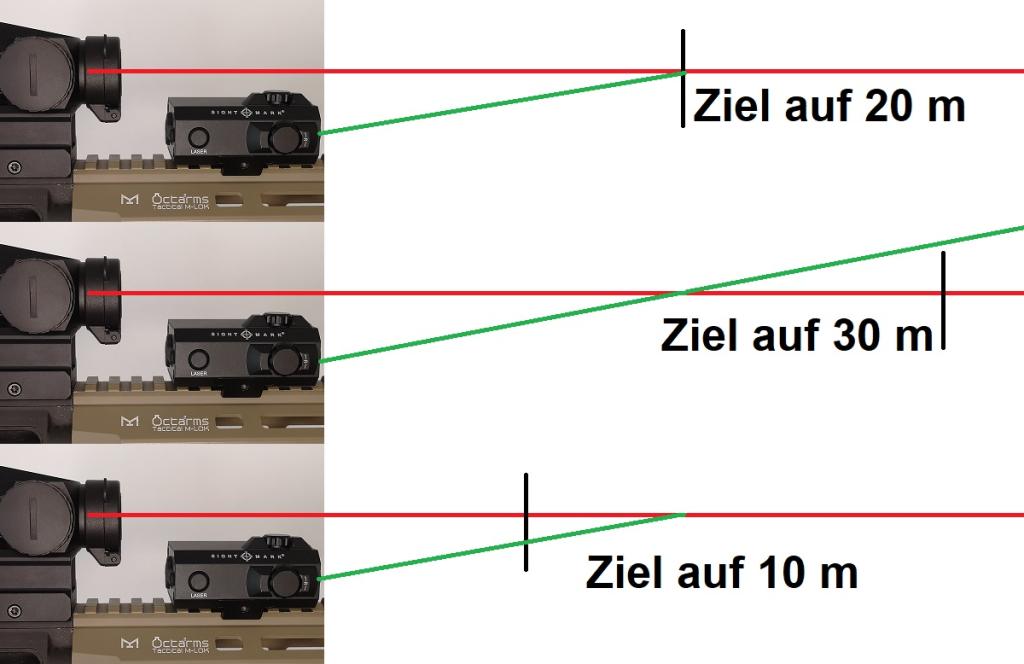
Why? We tried to show you in the graphic above. The laser is zeroed in at 20 m, everything is great. But if you now shoot at 30 m, as shown in the middle of the picture, the point is about the offset higher. This becomes even more pronounced at longer distances. So you would always hit too low. At shorter distances, it is the opposite, you would shoot too high. Since you always put the laser point in the middle of the target.
If you practice a lot and know your hold points for various distances, you can still hit well, but it probably won't be possible under stress.
Parallel
That's why there is the "parallel" laser adjustment. Here, the goal is to align the laser axis parallel to the sighting axis of the optic. You may never hit where the laser point is, but you will always hit similarly far "off target."
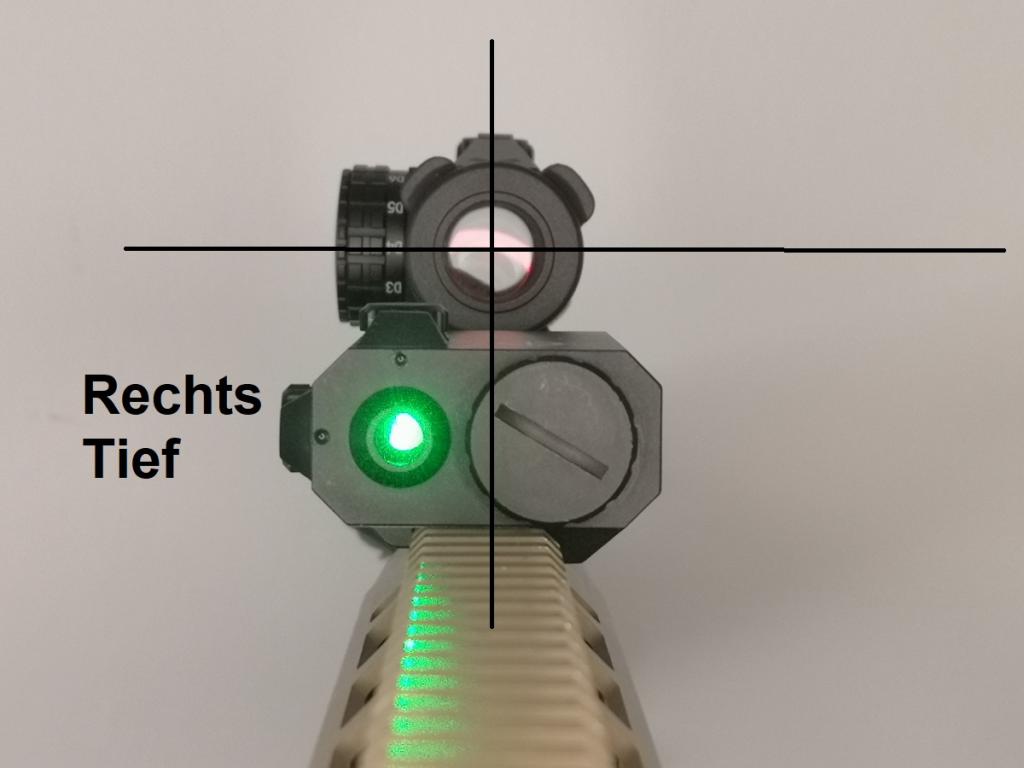
Now it depends on the position of the laser axis to the target axis. If the laser, as in the picture, is below the target axis to the right, you will always hit slightly high to the left. At greater distances, you will only hit left, and perhaps even left low. It also depends on the distance at which your target optics are zeroed.
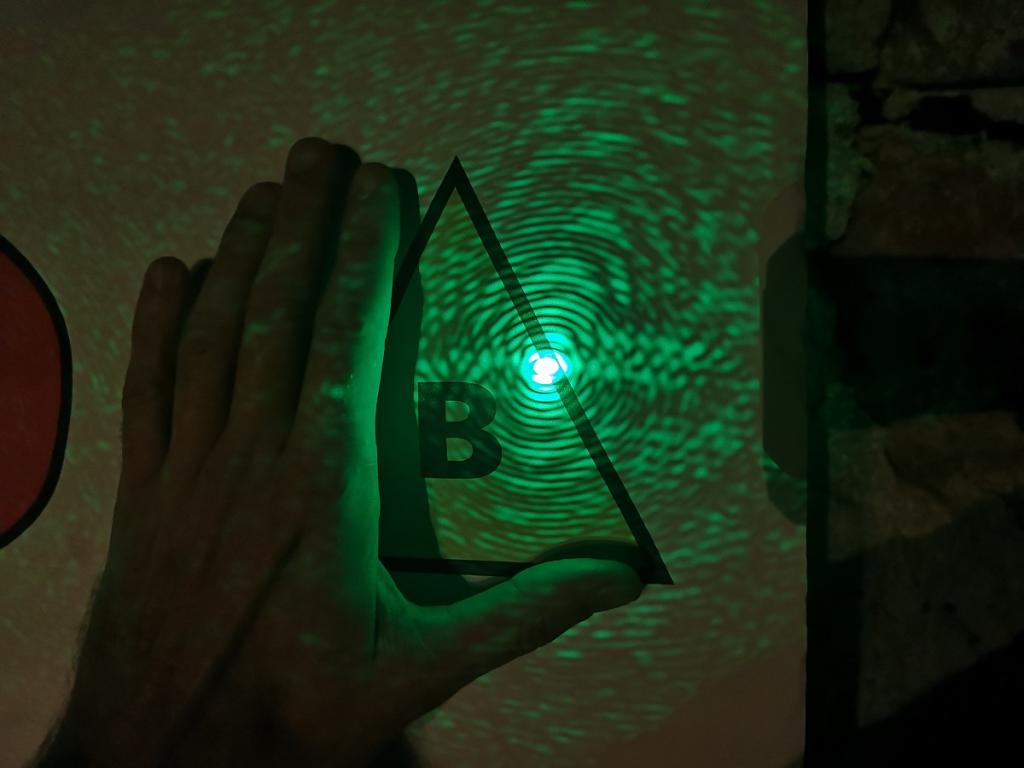
So, whether at short or long distances, you will hit slightly off the aiming point, but still on target. On really long distances, over 100 m, you will probably hit within the area of the laser point as it gets larger. In the image, you see a laser point at 20 m on the target.

The center of the point is clearly visible, but from a distance, you also perceive the surroundings, and the point seems to almost cover the entire triangle.
Nearly achieve parallelism
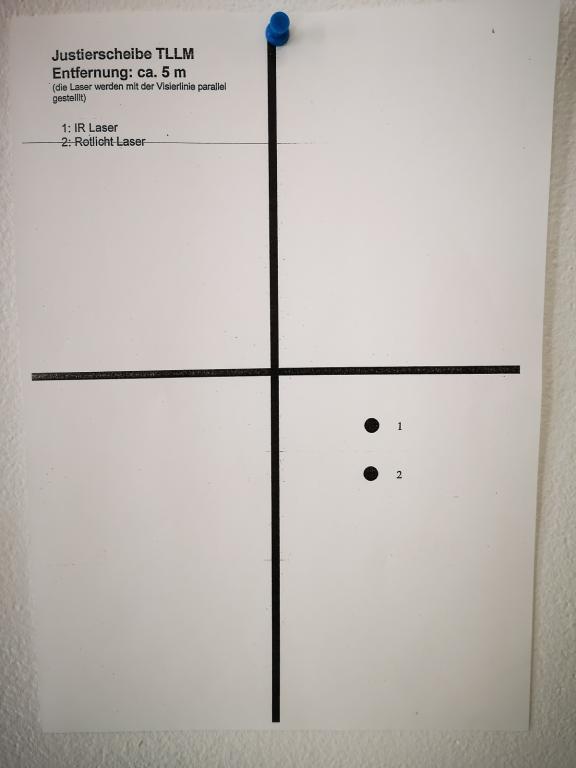
That sounds great, but how do you adjust the two axes like that? It's surprisingly easy, and you don't even need to fire a shot or use special targets.
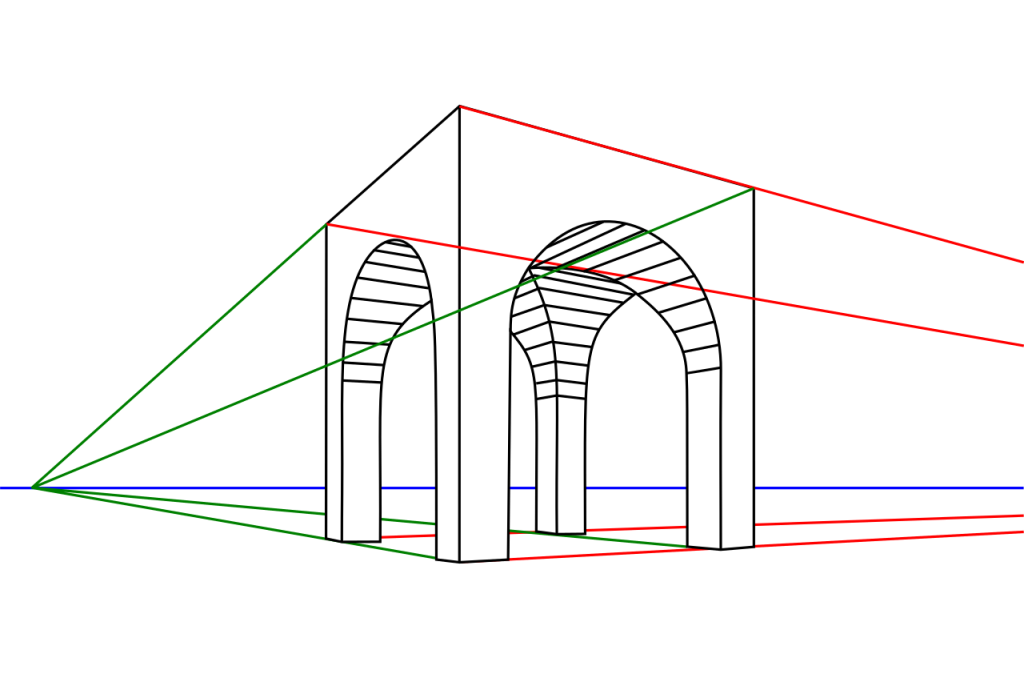
We simply use the definition of parallel from mathematics. There it says: "Two lines are considered parallel if their intersection point lies at infinity," similar to a vanishing point.
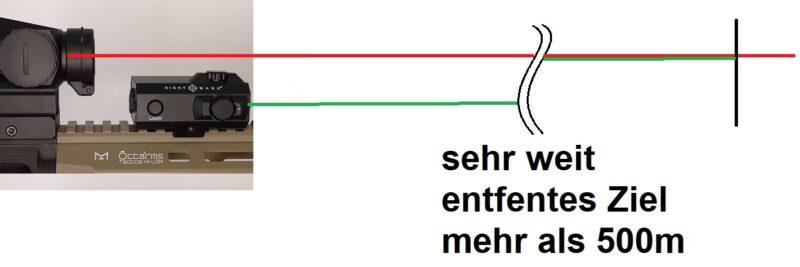
In the real world, this is achieved with a point very far away from you. At least 500 m away, 1,000 m has proven to be optimal. You aim at that point, please observe and follow all safety rules, and adjust the laser settings until the sight point and the laser point match. And voilà, you have achieved sufficient parallelism between the laser axis and the target axis for distances up to 60 m.
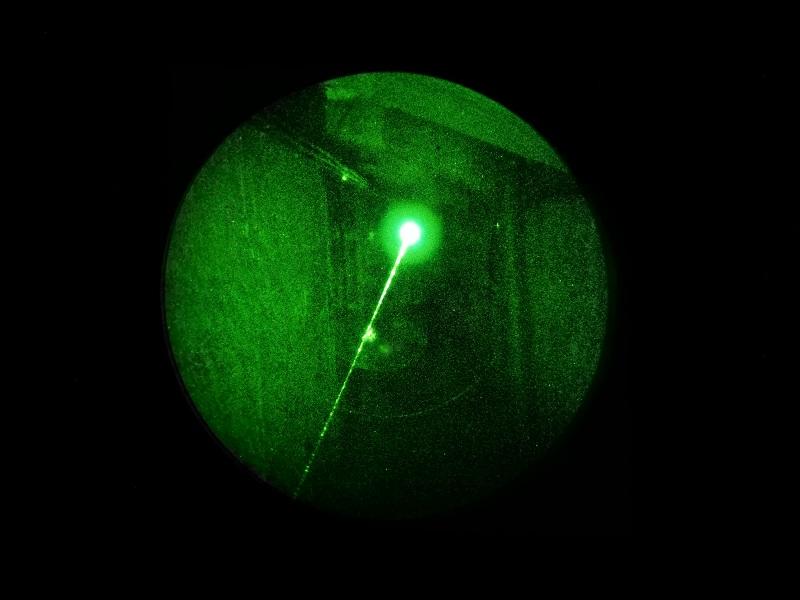
This works especially well in twilight, as the laser point is much easier to see. Of course, this should be verified in live fire. This method is also very useful for quickly checking and adjusting the "zero" of the laser if needed.
You see, adjusting the laser is not rocket science. The choice of which method to use is up to you, both have their justification and work.
SPARTANAT is the online magazine for Military News, Tactical Life, Gear & Reviews.
Send us your news: [email protected]
Ad
similar
Get the weekly SPARTANAT newsletter.
Your bonus: the free E-Book from SPARTANAT.


